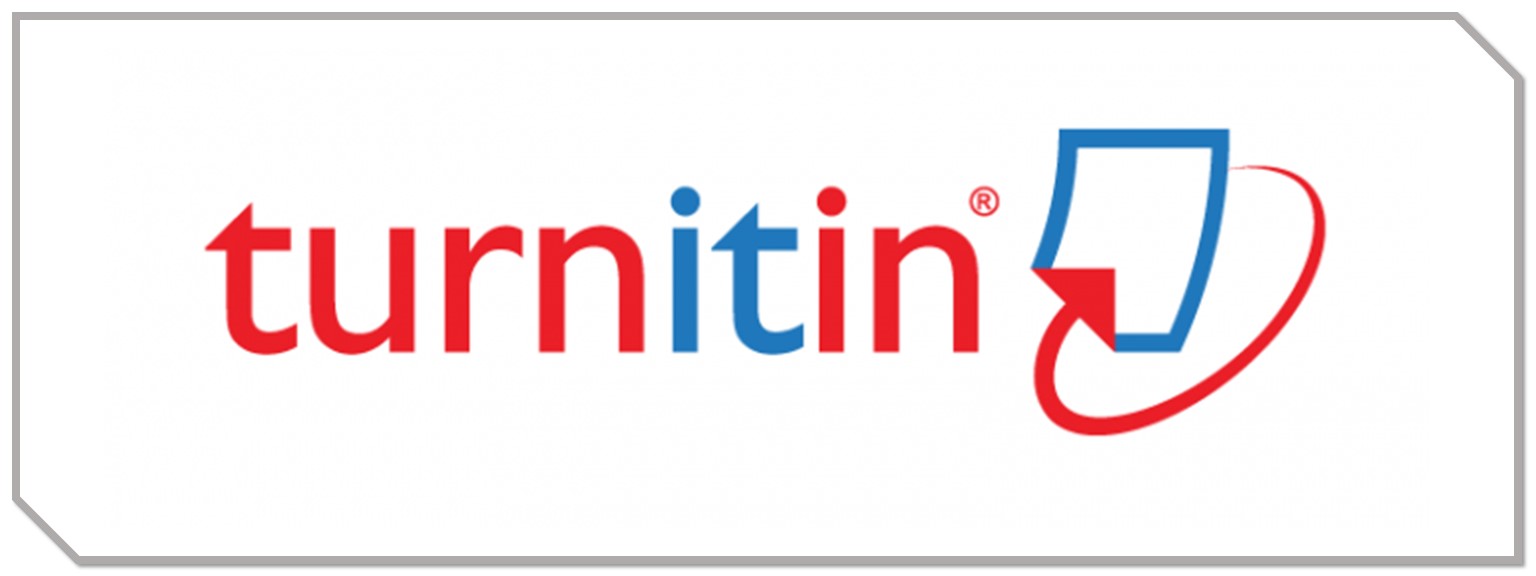HUBUNGAN PERAN DUKUNGAN KELUARGA TERHADAP KEMAMPUAN PEMENUHAN PERSONAL HYGIENE PADA LANSIA
THE RELATIONSHIP OF THE ROLE OF FAMILY SUPPORT TO PERSONAL HYGIENE FULFILLMENT ABILITY IN THE ELDERLY
DOI:
https://doi.org/10.57213/nurse.v4i1.90Keywords:
Family Support, Personal Hygiene, ElderyAbstract
Personal hygiene comes from the Greek language which means personal which means individual and hygiene means healthy. Personal hygiene is an action taken to maintain the cleanliness and health of a person for physical and psychological well-being. The purpose of this study was to determine the relationship between family support for the elderly in fulfilling personal hygiene at Posyandu Mawar 03 Bojong Raya, West Jakarta. The research design used was a cross-sectional design. The sample amounted to 73 people and was taken by random sampling. Collecting data using a research instrument in the form of a questionnaire. This research was conducted at Posyandu Mawar 03 Bojong Raya, West Jakarta on August 22, 2017. Data analysis used univariate analysis in the form of frequency and proportion distribution and bivariate analysis in the form of two-proportion difference test (chi-square). From 73 respondents, the average result of the elderly having good family support was 61.6%, while the elderly who fulfilled personal hygiene were on average in the bad category as much as 60.3%. There is a significant relationship between family support and the fulfillment of personal hygiene in the elderly (p value = 0.01).
References
Arikunto, S. (2006). Prosedur Penelitian: Suatu pendekatan Praktik. Jakarta: Rineka Cipta.
Arikunto, S. (2008). Penelitian Tindakan Kelas. Jakarta: PT. Bumi Aksara.
Arikunto, S. (2009). Manajemen Penelitian. Jakarta: Rineka Cipta.
Arikunto, S. (2013). Prosedur Penelitian: Suatu Pendekatan Praktik. Jakarta : Rineka Cipta.
Badan Pusat Statistik. (2010). Statistik Penduduk Lanjut Usia, BPS: Jakarta
Baliwati, Y. F., Khomsan, A., Dwiriani, C. M. (2004). Pengantar Pangan dan Gizi. Jakarta: Penebar Swadaya.
James, P. A., Oparil, S., Carter, B. L., PharmD., Chusman, W. C., Himmelfarb, C. D.
Klein, et al. (2006). Medication Adherence Many Conditions, a Common Problem. Http://www.proquest.umi.com/pqdweb. diperoleh 21 Agustus 2020.
Notoadmodjo, S. (2007). Pendidikan dan Perilaku Kesehatan. Cetakan 2. Jakarta : Rineka Cipta
Notoatmodjo, S. (2010). Ilmu Perilaku Kesehatan. Jakarta: Rineka Cipta.
Notoatmodjo, S. (2012). Promosi Kesehatan dan Perilaku Kesehatan. Jakarta: PT Rineka Cipta.
Nursalam. (2008). Konsep Dan Penerapan Metodologi Penelitian Ilmu keperawatan. Edisi 2. Jakarta : Salemba Medika
Sugiyono. (2010). Metode Penelitian Pendidikan. Bandung: Alfabeta.
Sugiyono. (2012). Memahami Penelitian Kualitatif. Bandung : Alfabeta.
Sugiyono. (2013). Metode Penelitian Pendidikan Pendekatan Kuantitatif, Kualitatif, dan R&D. Bandung: Alfabeta.
Sugiyono. (2014). Metode Penelitian Kuantitatif Kualitatif dan R&D. Bandung : Alfabeta.
Williams, L. E., & Wilkins, R. (2007). Buku Ajar Keperawatan Komunitas: Teori dan Praktik, Ed.3 (A. Sutarna & S. Samba, terjemahan). Jakarta: EGC.
World Health Organization. (2013). A Global Brief on Hypertension: Silent Killer, Global Public Health Crises. Geneva: WHO. diakses dari https://publikasi.polije.ac.id
Downloads
Published
Issue
Section
License
Copyright (c) 2022 Jurnal Nurse

This work is licensed under a Creative Commons Attribution-ShareAlike 4.0 International License.











